Iris Catholique has lived for 30 years in what is now the Thaidene Nëné Indigenous Protected Area. Straddling the tree line between the boreal forest and the tundra, this swath of old-growth spruce forests, waterfalls, deep freshwater lakes and ancient ice sheets is where both her sons had their first caribou harvest when they were 10 years old.
Like many others before her, Catholique, a member of the Łutsël K’é Dene First Nation in Canada’s Northwest Territories, has taught her children how to keep Indigenous traditions alive. “Our deep relationships with and intimate knowledge of the tundra, the forest, the lakes and the rivers, and all of the animals that call those different landscapes home is what has sustained us for millennia,” she said.
For generations, however, these relationships have been threatened by the increasingly severe impacts of climate change — including more frequent wildfires and melting permafrost — as well as industrial development from oil and gas exploration, logging and mining which have pushed deeper into the region, razing trees in search of profits.

Catholique and her community hope that the 2019 creation of Thaidene Nëné (meaning “land of the ancestors”), which spans 6.5 million acres and includes a national park and wildlife conservation areas, will help protect this part of the forest and guarantee the community’s traditions can continue.
But extractive industries and the climate crisis still threaten the rest of the boreal region and scientists fear that this critical ecosystem may be approaching a point of no return.
The Carbon The World Forgot
The boreal forest — also known as the taiga — is the world’s largest, and perhaps most overlooked, biome. It forms a sprawling, dense ring of woodlands tucked beneath the Arctic circle, occupying vast tracts of the Northern Hemisphere from North America, to Europe and Russia. Made up of spruce, fir, pine, larch, aspen and birch trees, boreal forests comprise about one-third of all forests on the planet.
It may not be as well known as the lush rainforests further south, but it has a vital role in protecting us from climate change. “People don’t appreciate the amount of carbon that’s in the boreal,” said Jeff Wells, the vice president of boreal conservation with the Audubon Society. He calls the forests “the carbon the world forgot.”
Tropical forests may sequester more carbon from the atmosphere annually, but boreal forests store roughly 30% to 40% of all land-based carbon in the world, most of it in the soil. Colder temperatures in the northern hemisphere prevent dead biomass — such as leaves and wood — from breaking down, meaning vast amounts of carbon have accumulated over thousands of years and are stored deep in the permafrost.
The boreal’s vital role in holding back spiraling climate crisis makes the threats it faces all the more concerning.
Boreal forests are warming twice as fast as other parts of the globe, causing permafost to thaw, which releases planet-heating carbon dioxide and methane. Higher temperatures also bring an increase in pests that damage and kill trees.
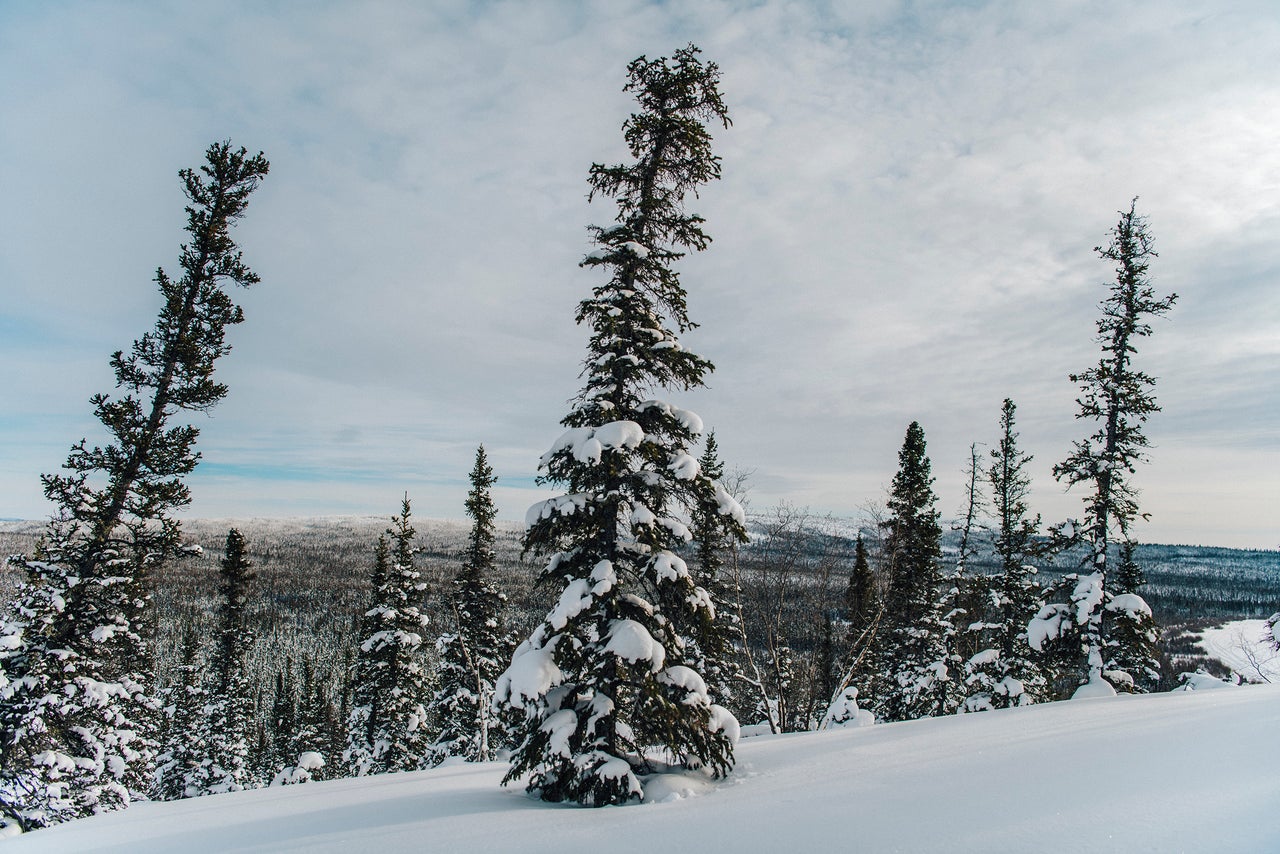
Then there are the wildfires, burning vast swaths of the forest. While fires are typically a vital part of the boreal ecosystem, with some plant species even relying on the heat to disperse their seeds, researchers say recent forest fires are alarming. They are becoming more frequent and more intense and have the potential to release the “legacy carbon” deeply buried within the boreal soil, which doesn’t usually burn in fire season.
In the Siberian boreal, fires engulfed 17 million acres of forests in just two months in 2019, then about 27 million acres in the first half of 2020. In Alaska, the number of major fires — those burning through more than 1 million acres — has increased from one nearly every five years during 1950 to 1989, to one every 2.5 years between 1990 and 2018.
Habitat loss from forest fires and climate change, as well as from industrial activity, is putting the wildlife in the boreal region at risk, from caribou and wolverines in Canada to Siberian tigers in Russia.
Climate researchers fear these problems are only getting worse and could push the boreal forests to a tipping point at which they flip from being a major carbon sink to becoming a carbon emitter.
Industry Has Long Had Its Eyes On The Forests
In addition to the climate threat, industrial activity is also eating away at the forest. And this has been particularly stark in Canada.
More than 20% of North America’s boreal forest has been given over to concessions for industrial activities such as logging, fossil fuels, hydroelectric power and mineral extraction.
“The boreal has always been exploited by humans,” said Dennis Murray, professor of ecology at Trent University in Peterborough, Ontario — from the fur trade in the 1600s to forestry, and now oil and gas exploration and logging.
Canada’s boreal forests have some of the highest rates of deforestation of any intact forest landscapes on the planet. Every year, the logging industry alone cuts down nearly 1 million acres to produce timber, biofuels and even toilet paper, according to a 2020 report from Nature Canada.
“The paper products that we use [in the U.S.] to wipe up a spill on the kitchen counter … might have come from the boreal forests,” said Wells.
Fossil fuel companies are here too, many for the bitumen that lies beneath the forest. In Alberta, nearly 2 million acres of the boreal forest — an area almost 10 times the size of New York City — were razed between 2001 and 2013 to access oil sands, according to data from Global Forest Watch. Alberta’s tar sands region took over habitat that would have supported up to 400,000 breeding birds, said Wells.
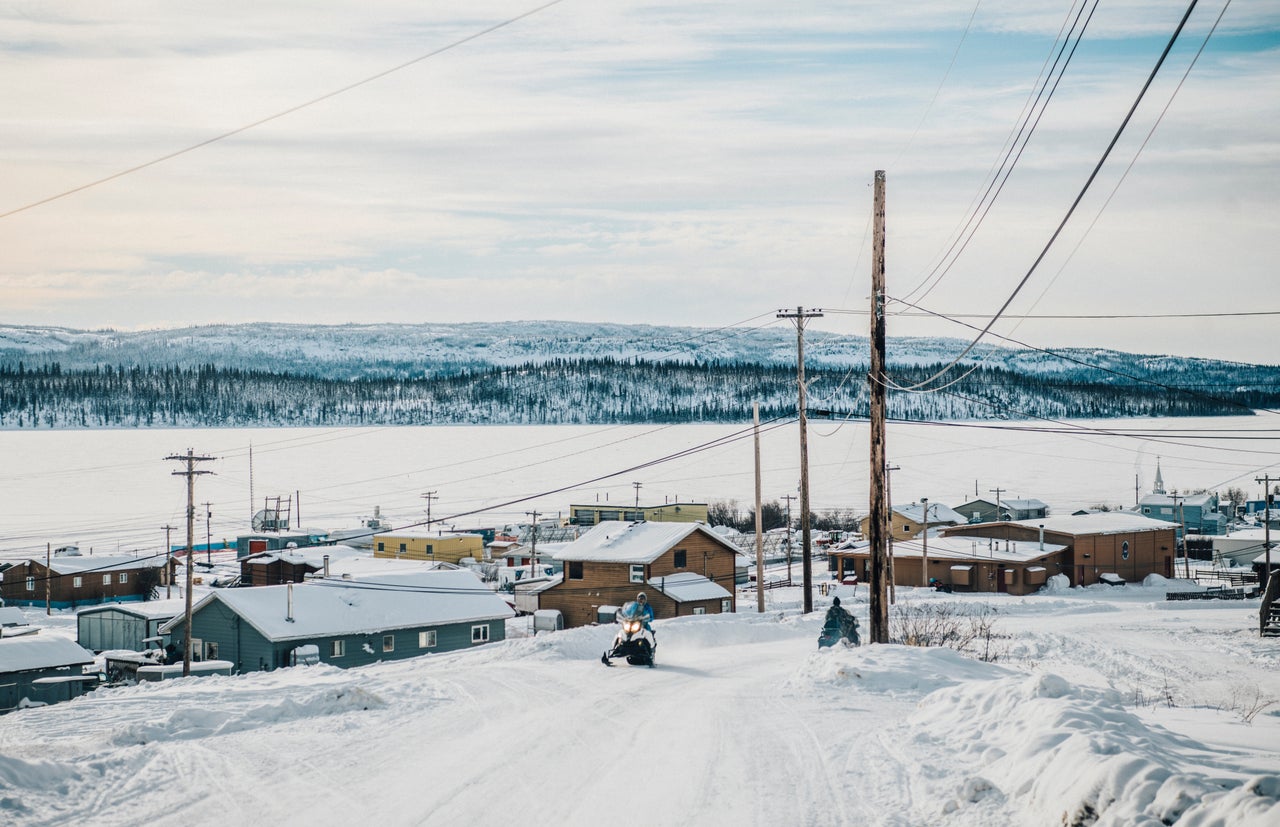
As of May 2017, there are an estimated 450,000 oil and gas wells scattered across Alberta. About 155,000 of those are no longer active but have not been restored to prevent ongoing environmental damage. Oil and gas wells, either operating or abandoned, are prone to leaking methane — a greenhouse gas 84 times more potent than carbon dioxide. The Canadian government has been underestimating annual methane emissions from abandoned oil and gas wells by as much as 150%, according to a January study from McGill University.
The resource-rich region’s coal, metals and gems attract the mining industry. About 80% of Canada’s mines are within the boreal forest, said Wells, and at least 3,000 active and abandoned mines are located within 1 kilometer (0.6 miles) of a lake, stream or river. Some of the abandoned mines have been left in hazardous conditions, causing contaminants to leak into nearby waterways even decades after they closed, according to the Washington state-based nonprofit Boreal Songbird Initiative.
In 2019, Canada launched a remediation program that will invest $2.2 billion over 15 years to clean up eight of the largest abandoned mines in the Yukon and Northwest Territories.
But with oil, gas and mining still a large part of Canada’s economy, the boreal forests continue to be in danger. Alberta, for example, plans to make up its losses from plunging oil demand during the pandemic by leasing more lands for fossil fuel exploration, including expanding coal production. A number of new industrial projects have been approved in Canada, said Murray.
“Developers are either selling [land] off to other companies or they’re waiting for the right time for the economy to be in the right place to initiate those developments,” said Murray, “it may be to a large extent that we’re not getting the full picture of what’s already slated for the boreal forests, because some of those developments are actually lying in wait.”
Protecting The Boreal Forests
Experts, like Murray, criticize the way industry has been allowed to push into the pristine wilderness of the boreal forest.
“It’s just kind of an ad hoc approach of approving things,” said Murray, adding that coordination and prioritization from the government are key when analyzing which parts of the forest to develop. “The developments seem to always take precedence over the environmental benefits, whether it’s conservation of species or of ecosystems or carbon sequestration.”
In Canada, while mining and other industries provide jobs — in some areas, the only source of employment — the push of industry into the country’s forests has often come at the expense of the more than 600 Indigenous communities living there.
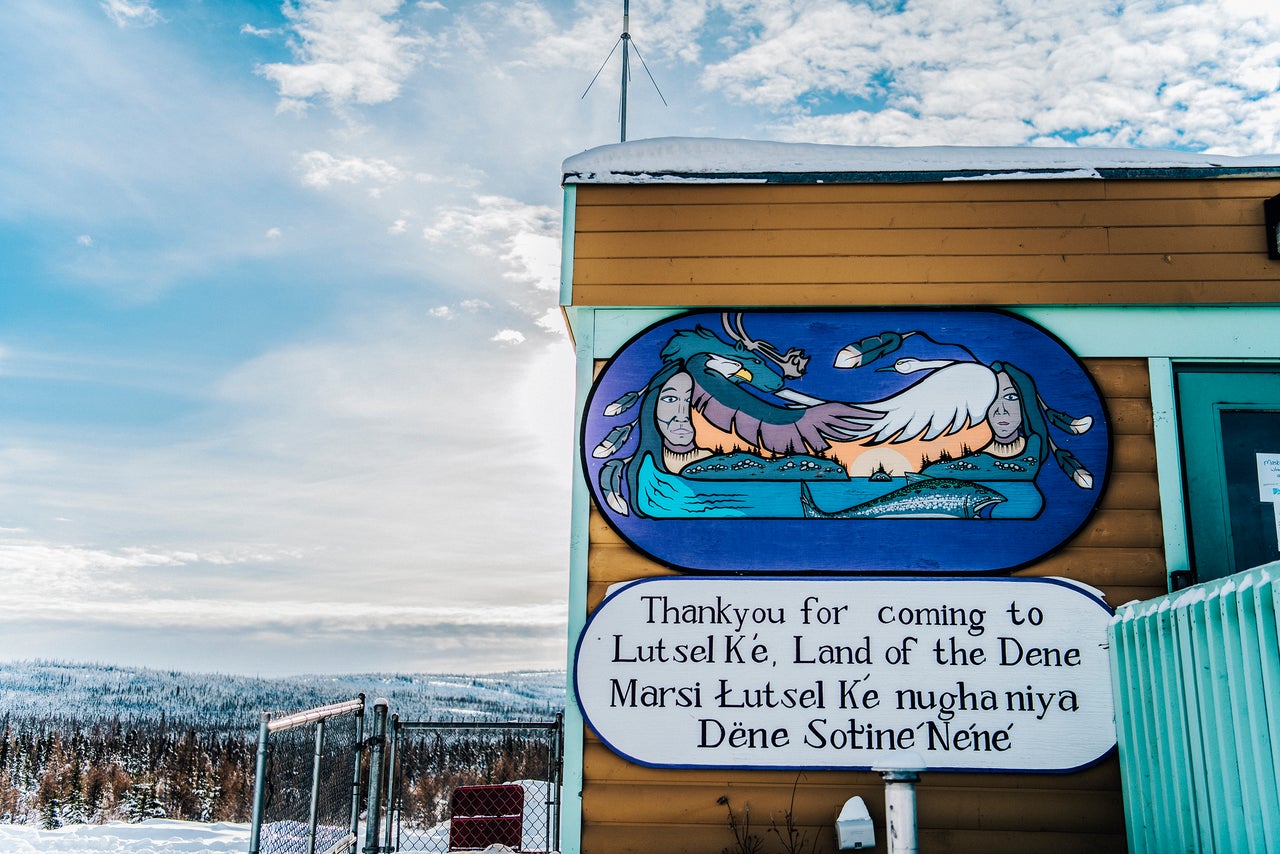
It was this threat to the Łutsël K’é Dene that persuaded its members to establish Thaidene Nëné. When the idea of establishing a national park within their traditional territory was first floated back in the 1960s, they were wary, fearing they would lose their rights to hunt and fish for food on the land.
But when diamonds and metals were discovered on Łutsël K’é Dene land in the 1990s, a mining boom ensued that cleared parts of the forest, drained lakes, and disrupted wildlife habitat, especially the caribou’s migratory patterns. The community restarted discussions with the Canadian government to protect the land.
After nearly two decades of negotiations, Thaidene Nëné Indigenous Protected Area was created in August 2019 with agreements that maintain and protect Indigenous treaty rights to hunt, fish and harvest within their territory. Łutsël K’é Dene First Nation members work as “guardians” — organizing visitor programs, monitoring wildlife, assessing water quality, and working as cooks and mechanics.
“Climate solutions must reflect the values and principles of the people and the place,” said Catholique. “The land is an integral part of the Indigenous people here, as well as other communities within the North that come and use our territory.” Wells describes it as an example of marrying Indigenous knowledge and Western science.
Threats do remain. Though establishing Thaidene Nëné prevented the development of new mines within its boundaries, there are four diamond mines — three currently active — just north of the boundaries of the protected area, where the boreal forest transitions to the melting tundra. According to Catholique, the mines are right at the heart of the calving grounds of the caribou, animals extremely important to her community. Industrial disturbances, such as roads and construction, can disrupt the caribou’s migratory patterns. Over the last two decades, caribou numbers have dwindled by more than 30%.
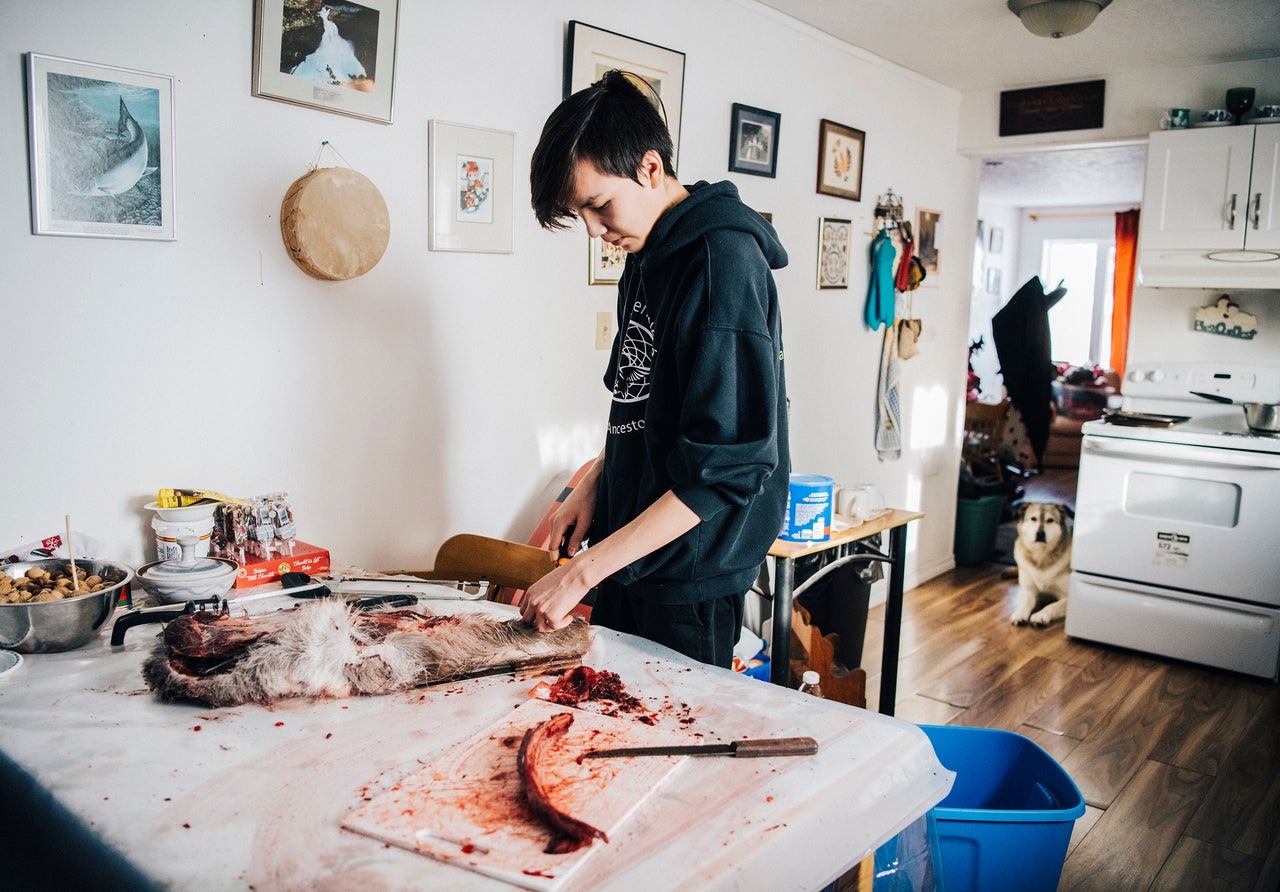
“I feel like our work is not done, and that we still need to expand our borders and protect other areas from industrial impact,” Catholique said.
To better protect the boreal, Indigenous-led conservation programs across the country need more funding and support from the government, said Wells. He supports Indigenous land guardian programs, similar to that in Thaidene Nëné.
More than 60 other Indigenous First Nations have launched these programs across Canada to monitor the environment and protect biodiversity in the boreal forests. In the eastern Manitoba, for instance, guardians have tested water quality around hydro dams to monitor pollution or any toxic contaminants leaking into waterways. In Labrador, they have implemented a plan to restore caribou herds and monitor some of Canada’s largest mines.
Wells praises these initiatives as a boon “both for conservation and the environment, but also for the Indigenous people in these communities to provide sources of funding, so they have jobs and opportunities to connect with their own culture and with their own lands, and not forced to deal with taking a job at a mining company.”
But guardians alone can’t save the forests, he said. There still needs to be larger-scale policy, including sweeping conservation and environmental policies and international commitments.
“It’s great that First Nations people are now given more of a voice,” Murray said, but to save the boreal forests requires managing them not as disparate fragments, but as one large biome.
In January of this year, Canada was one of more than 50 countries that announced a commitment to protect at least 30% of the planet’s land and ocean by 2030. The countries maintain a quarter of the world’s land-based carbon stores, including the boreal forests. Some conservationists say that for Canada to reach its target, it will have to look to the boreal region, designating certain areas as off-limits to industrial or extractive development and putting local rights holders, like First Nations, in charge of managing the lands, said Wells.
The world also needs to urgently tackle the climate crisis. Even if all development projects were halted tomorrow or heavily regulated and controlled, climate-related changes are still going to happen, said Murray. “The boreal today may look, even if it’s protected, different in 100 years, just by virtue of the fact that the climate is changing so drastically — and that’s really not to be ignored.”
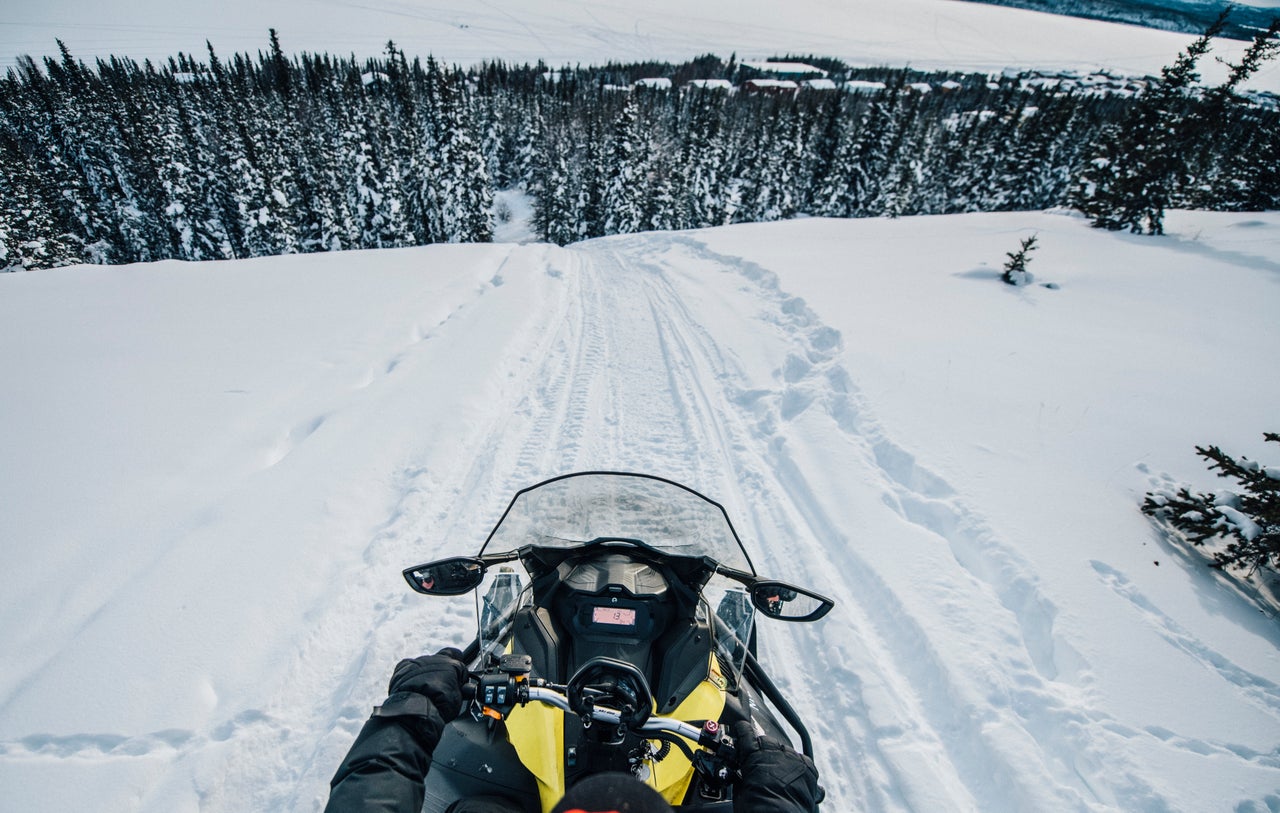
For Catholique, saving the boreal forest demands that governments, environmentalists, Indigenous communities, and even industries understand the risks and work together to avoid a worst-case scenario.
“We’re still not done with our work,” Catholique said. “Our elders wanted to make sure that the beautiful land that we live on and live from is going to be protected from future development.” She is determined to make that happen.
HuffPost’s “Work In Progress” series focuses on the impact of business on society and the environment and is funded by Porticus. It is part of the “This New World” series. All content is editorially independent, with no influence or input from Porticus. If you have an idea or tip for the editorial series, send an email to thisnewworld@huffpost.com.
